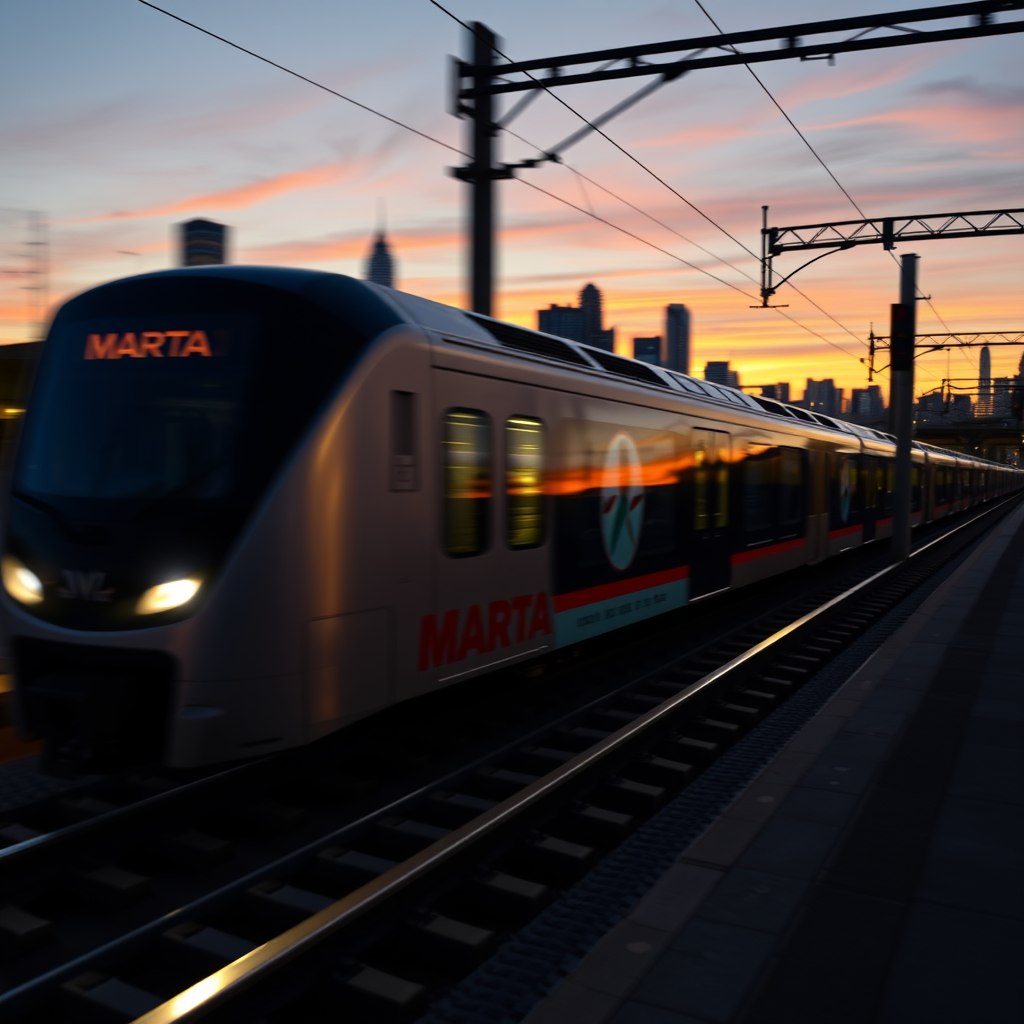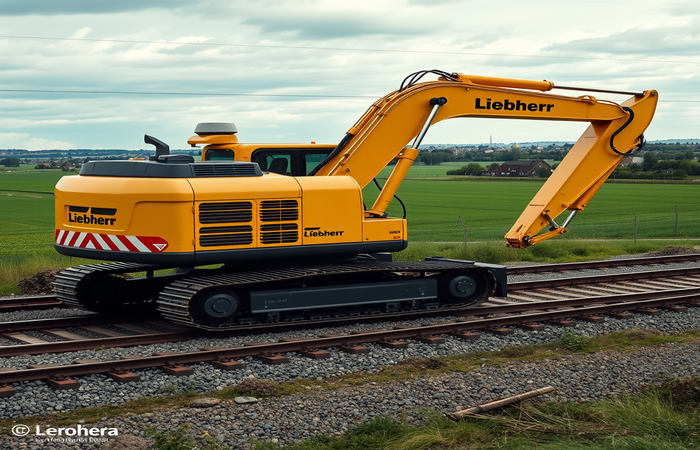Siemens Vectron Dual Mode: German Rail Innovation
Upgrade your fleet with the Siemens Vectron Dual Mode locomotive! Seamlessly switch between electric and diesel power for ultimate efficiency and sustainability.

Siemens Mobility’s Vectron Dual Mode Locomotive: A Technological Leap in Rail Transportation
The railway industry is constantly evolving, seeking innovative solutions to enhance efficiency, sustainability, and operational flexibility. This article delves into the groundbreaking Vectron Dual Mode locomotive unveiled by Siemens Mobility at InnoTrans 2018. This dual-mode locomotive represents a significant advancement in rail technology, offering a compelling alternative to traditional diesel and purely electric locomotives by seamlessly transitioning between electric and diesel power. Its design addresses the challenges posed by mixed-traction rail networks, combining the environmental benefits of electric operation with the operational flexibility of diesel power. The following sections will examine the Vectron Dual Mode’s technical specifications, operational capabilities, environmental impact, and its potential to reshape the future of freight transportation. We will also analyze its significance within the broader context of Siemens Mobility’s strategic initiatives and the evolving needs of the railway industry. The implications for railway operators, particularly in countries with diverse rail electrification infrastructures, are far-reaching and will be explored in detail.
Technical Specifications and Capabilities
The Vectron Dual Mode locomotive boasts impressive technical capabilities. Weighing 90 metric tonnes, it features a 1,435mm gauge (standard gauge) and is equipped with a powerful diesel engine and electrical operation capabilities. Its dual-mode functionality allows it to operate on both electrified (15kV AC) and non-electrified sections of track, eliminating the need for locomotive changes at the transition points. This adaptability is crucial for improving operational efficiency and reducing downtime. The locomotive is capable of generating 2,000kW at the wheel rim regardless of the operating mode, ensuring consistent performance across various track conditions. Its 2,500-liter diesel fuel tank and maximum speed of 160 km/h contribute to its extensive operational range and flexibility. Furthermore, the integration of the proven Vectron components ensures reliability and maintainability.
Operational Efficiency and Cost Savings
The Vectron Dual Mode’s ability to seamlessly switch between electric and diesel modes directly translates to significant operational efficiencies. On electrified sections, the locomotive operates electrically, reducing fuel consumption and minimizing maintenance costs associated with the diesel engine. This leads to substantial cost savings over the locomotive’s lifespan. In contrast to conventional diesel locomotives, the reduced reliance on diesel fuel contributes to lower operating expenses. By eliminating the need for locomotive changes at the transition between electrified and non-electrified lines, the Vectron Dual Mode further streamlines operations, reducing delays and improving overall efficiency. This minimizes the operational complexities and resource allocation commonly associated with managing a heterogeneous fleet of locomotives.
Environmental Impact and Sustainability
Environmental considerations are increasingly crucial in the railway industry. The Vectron Dual Mode addresses these concerns by offering a sustainable alternative to purely diesel-powered locomotives. Its ability to operate electrically on electrified lines drastically reduces greenhouse gas emissions and air pollution compared to traditional diesel locomotives. This alignment with environmental regulations and corporate sustainability goals makes it an attractive option for environmentally conscious railway operators. Furthermore, the reduced reliance on fossil fuels contributes to a smaller carbon footprint, making the Vectron Dual Mode a more environmentally responsible choice for freight transportation.
Market Significance and Future Implications
The Vectron Dual Mode’s launch signifies a significant step forward in locomotive technology. The locomotive is specifically designed for freight operations in Germany and regions with similar mixed-traction rail networks. However, its versatility makes it adaptable for various applications across different rail networks globally. The demand for flexible and sustainable locomotives is growing. Therefore, the Vectron Dual Mode’s success will likely drive further innovation in the development of dual-mode and multi-mode locomotives. This trend will influence the future of rail transport by promoting environmentally friendly and economically efficient operations worldwide. It is a clear indication that the railway industry is actively pursuing sustainable and efficient solutions to meet the increasing demands for freight transportation.
Conclusion
Siemens Mobility’s Vectron Dual Mode locomotive stands as a testament to the ongoing advancements in rail technology. By seamlessly integrating electric and diesel operation, this innovative locomotive delivers a powerful combination of efficiency, sustainability, and operational flexibility. Its ability to operate on both electrified and non-electrified sections of track eliminates the need for locomotive changes, minimizing operational complexities and improving efficiency. The significant cost savings achieved through reduced fuel consumption and maintenance, coupled with the environmental benefits of electric operation, make the Vectron Dual Mode an attractive option for railway operators worldwide. The locomotive’s success has implications far beyond its initial target market, signaling a broader trend towards the adoption of dual-mode and multi-mode solutions to address the diverse needs of modern rail networks. The Vectron Dual Mode is not merely an improvement but rather a paradigm shift, showcasing the railway industry’s commitment to developing sustainable and efficient transportation solutions for the future. Its adaptability and technological advancement pave the way for a future where rail transport can seamlessly navigate diverse track conditions while minimizing environmental impact and maximizing operational efficiency. The Vectron Dual Mode is a landmark achievement that underscores the continuous evolution of rail technology and its vital role in shaping a sustainable future for the transportation industry. The long-term impacts on rail operations, environmental sustainability, and technological advancement are expected to be substantial.





